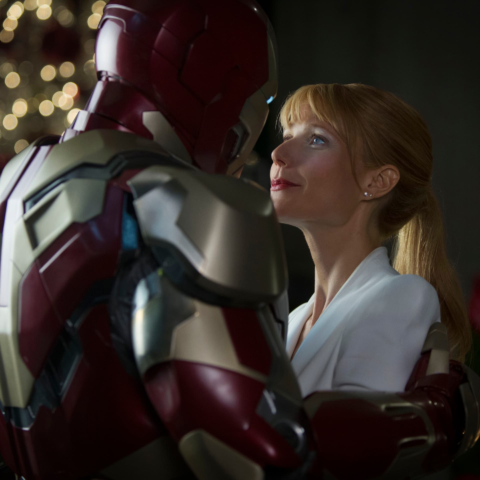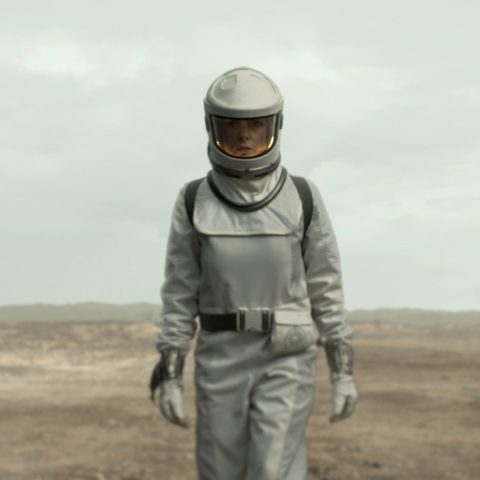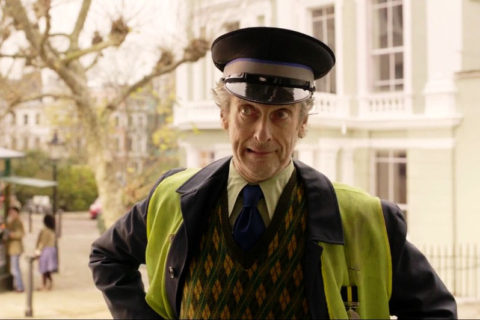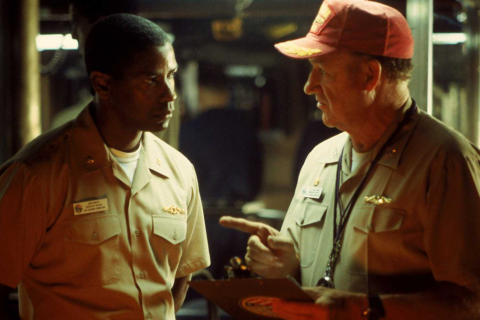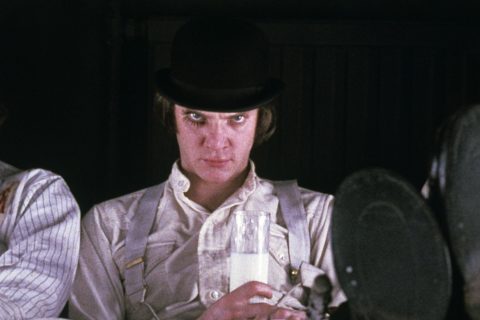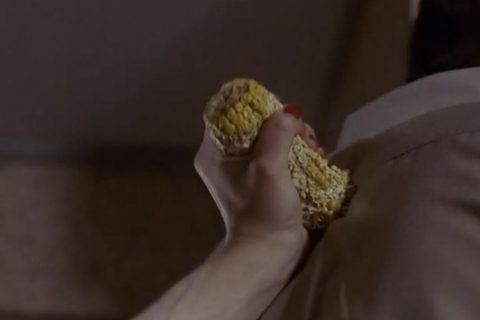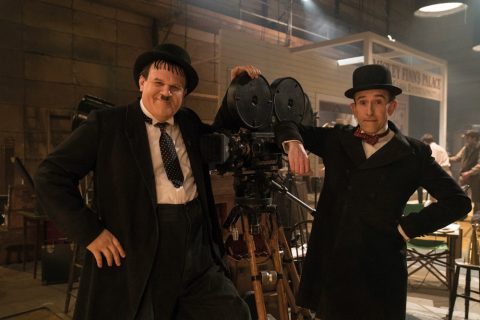Vertigo
“Only one is a wanderer; two together are always going somewhere.”
Vertigo – our Lockdown Rewatch – had its US premiere on this day in 1958 in San Francisco. Starring Jimmy Stewart and Kim Novak (and with a classic Saul Bass poster), Alfred Hitchcock’s thriller, tells the story of an injured cop (Stewart) suffering extreme acrophobia who’s hired by an acquaintance to investigate his distant wife Madeleine (Novak).
But did you know…
1) Colour and costume was used in the film to highlight a character’s state of mind. Costume Designer Judith Head used colour to give Madeleine’s clothing an eerie appearance. Her trademark grey suit (which Actress Kim Novak didn’t initially agree with), was chosen by Head because she believed it seemed off for a blonde woman to be wearing all grey.
2) Hitchcock blamed Jimmy Stewart for Vertigo’s commercial failure. Despite being one of the greatest films of all time, Vertigo was a dud at the box office. Frustrated with its reception, Hitchcock partly blamed star Jimmy Stewart’s aging appearance. At the time of filming, Stewart—who had starred in Hitchcock’s three previous films—was 50 years old which, according to the director, was too old to convincingly play then-25-year-old Kim Novak’s love interest.
3) According to associate producer Herbert Coleman, it wasn’t Hitchcock who came up with the film’s now legendary camera technique (which essentially involves zooming forward while pulling the camera backward); but an uncredited second unit cameraman, Irwin Roberts. Roberts didn’t get a screen credit however, as production gave it to another member of the crew named Wallace Kelley who did all the process work on set.
4) Both the crucial reveal and the ending were nearly changed in post-production. Despite having a novel to work from (1954’s D’entre Les Morts – From Among the Dead – by Boileau-Narcejac), several crucial aspects of the story remained in flux until very close to release. Perhaps most importantly was the revelation of Judy’s role in Madeleine’s death. Hitchcock had decided when the script was being written that it should be revealed two-thirds of the way through the film, through the scene where Judy writes a confession to Scottie, only to rip it up, in order to give the audience better insight into her state of mind. However, after the first test screening, the director got nervous that he was giving the game away too early, and decided to exorcise the scene.


